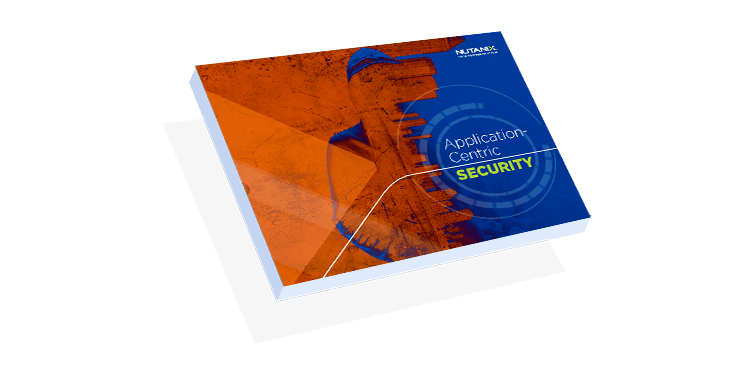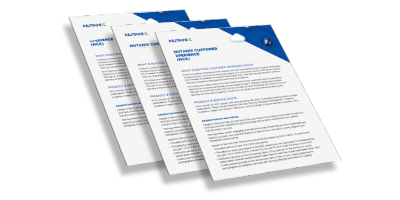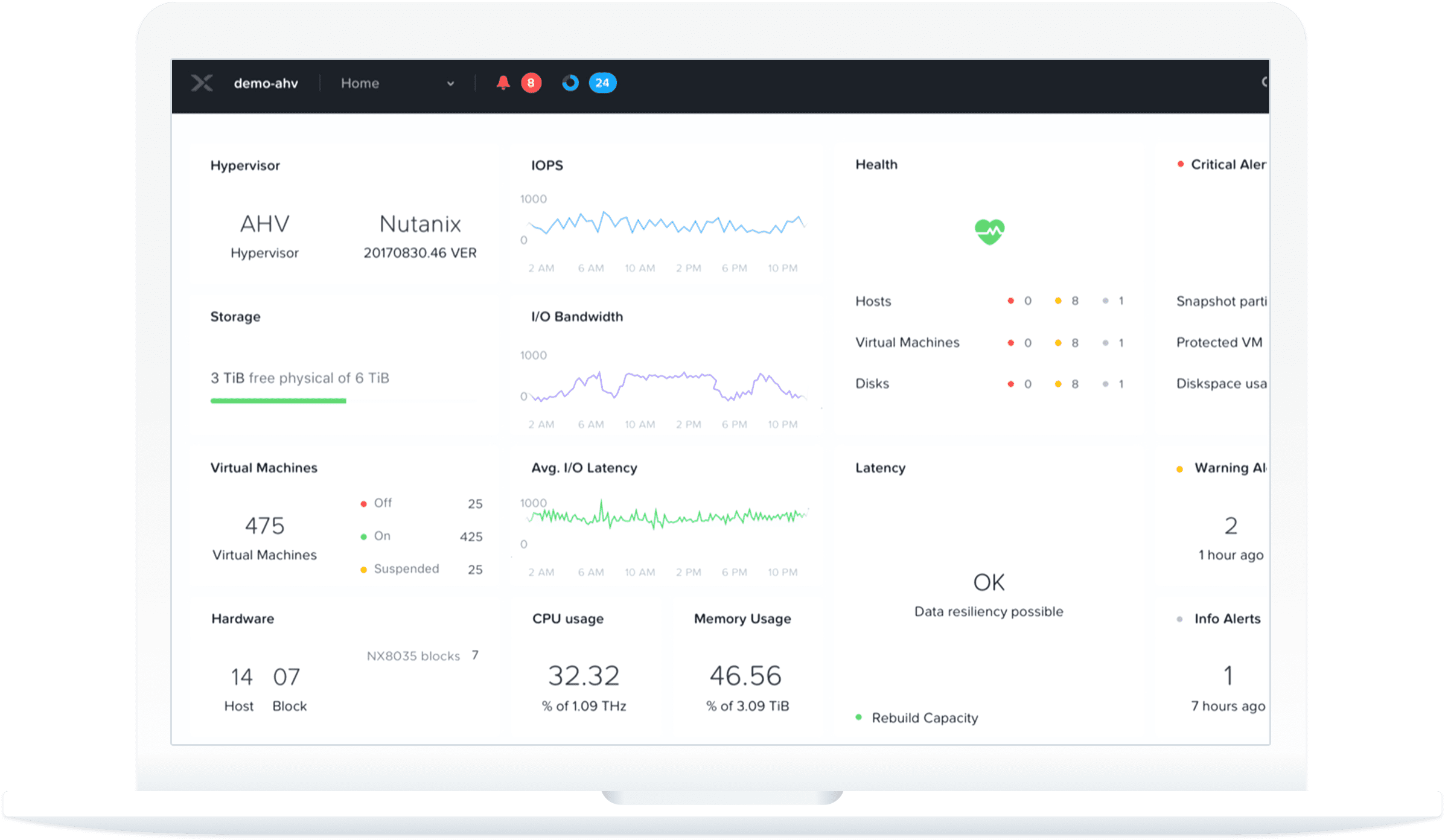What is application security?
Application security is not a single technology; rather, it’s a set of best practices, functions, and/or features added to an organization’s software to help prevent and remediate threats from cyber attackers, data breaches, and other sources.
There are various kinds of application security programs, services, and devices an organization can use. Firewalls, antivirus systems, and data encryption are just a few examples to prevent unauthorized users from entering a system. If an organization wishes to predict specific, sensitive data sets, they can establish unique application security policies for those resources.
Application security can occur in various stages, but establishing best practices happens most often in the application development phases. However, businesses can leverage different tools and services post-development as well. Overall, there are hundreds of security tools available to businesses, and each of them serve unique purposes. Some solidify coding changes; others keep an eye out for coding threats; and some will establish data encryption. Not to mention, businesses can choose more specialized tools for different types of applications.
Application-Centric Security
Discover how IT organizations gain increased agility, flexibility, and security by embracing an application-centric security approach with microsegmentation.

Benefits of application security
Businesses rely on applications to power nearly everything they do, so keeping them secure is nonnegotiable. Below are some of the many benefits of investing in application security:
Reduced risk from both internal and third-party sources – By eliminating as many vulnerabilities as possible, you can increase your potential to ward off attacks.
Increased confidence and trust from customers – By demonstrating that your applications are secure and trustworthy, you help increase customer confidence, which could also breed loyalty and positive word of mouth.
Maintenance of brand image – Attacks put businesses in the headlines, and that is unwanted publicity.
Increased trust from third-party stakeholders, clients, and partners – People want to do business with companies they trust.
Reduced disruption to operations – By identifying potential security issues and resolving them before they lead to a full-on attack or loss of data, you can head off unwanted disruption to operations.
Identification of issues during development phase – With the right AppSec solution, you can identify common attack vectors and risks during development and create a resolution strategy for them before releasing an application into production.
Earlier awareness of potential risks – Most application security solutions are designed to identify security vulnerabilities and alert administrators to the existence of potential issues—so you can address the risks and eliminate vulnerabilities before an attacker can take advantage of them.
Increased compliance with security mandates – Today’s data is subject to a wide variety of industry and governmental security regulations and requirements.
Why is application security important?
If your organization handles customer data (and virtually all businesses do), application security is essential. It’s vital that you implement security solutions that monitor and manage app vulnerabilities because data is a prized asset for attackers. Whether it’s your customers’ data, proprietary product secrets, or confidential employee information, attackers can use it for nefarious purposes.
It’s just a fact that software is going to have vulnerabilities. Some are minor bugs that don’t affect the performance or security of the application, but others can be more serious. Even non-critical vulnerabilities can become an entryway for attackers when they are combined. With application security, you mitigate much of the risk of minor and major vulnerabilities and reduce your overall attack surface. The fewer points of entry you provide for attackers, the better your protection is.
Many of today’s applications are also cloud-based, which only increases vulnerabilities as data is transmitted over various networks and connected to remote servers. While network security is critical, it’s also important to protect each application individually. Hackers are turning to applications more often lately, but application security testing and other solutions can offer valuable protection.
Application security demonstrates a proactive approach to security, rather than a reactive one. Protecting your apps from the start is significantly smarter than simply hoping an attack doesn’t happen—and then when it does, hurrying to try and fix the problem. A proactive approach to application security can give you an edge when it comes to mitigation. You might be able to fix a problem before it even has a chance to affect your operations or customers.
The consequences of a security breach can be severe—and costly. Security breaches are so common today that it’s probably not an issue of if, but when an attack will occur. Some modern attacks can shut down a business temporarily or even for good. It’s extremely unwise to neglect securing your applications the best you can before attackers get in and cause damage.
When customers use your applications, they trust that you will keep their information safe and private. If you don’t secure your applications, customers could have their identities stolen, their credit cards could be compromised, their bank accounts could be hacked, sensitive information about their health or finances, for instance, could be published, and so on.
If you don’t have the right application security tools in place, you could be setting your organization up for serious problems as well as putting your customers and their data at risk.
Types of application security
Application security can entail a number of capabilities and technologies. Here are some of the most common types of security protocols:
Authentication – Making sure a user is who they say they are.
Authorization – Ensuring that only authorized users can access an application’s services and data.
Encryption – Transmitting sensitive data in encrypted code to keep it private as it travels across networks and servers.
Logging – Keeping records of who has access to an application, who used it recently, what they did, and so on; valuable for determining what happened after an attack, or to flag suspicious behavior in real time.
Application security testing – Periodically testing the security of an application to make sure it’s working as it should.
A good application security solution will use most if not all of the technologies above. They all work together to create a barrier of defense around an application to protect the data as well as possible. For instance, a user wants to sign into a mobile banking application and they enter their username and password on the login page. With the username and password, the system assumes that the person is who they say they are—but many organizations are increasingly adopting multifactor authentication (MFA), which entails an extra step when signing in. Beyond simply having the username and password to an account, MFA will send a code to the user’s phone or email for an additional verification that it’s the right person. Once the user enters the code, the system authorizes the user to enter the system. Any information the person enters is encrypted so it can travel across networks and to remote servers without being read by others. Everything the person does in the application is logged—either for future reference in the event of a data breach or to identify anomalous or suspicious behavior, which will then alert an administrator.
Common application security weaknesses and threats
There are two well-known lists of security weaknesses in the industry. One list, focused on web apps, is compiled by the Open Web Application Security Project (OWASP) and the other list, or Common Weakness Enumeration (CWE) is created by the InfoSec community and focuses on potential issues in any software in general. The lists not only rank the issues by degree of seriousness (which can change depending on the year), but they also offer recommendations for developers on how to mitigate or eliminate those weaknesses.
The most recent OWASP Top Ten list, compiled in 2021, includes:
- Broken access control – Attackers get past access controls with false permissions or other ways.
- Cryptographic failures – Obsolete cryptographic ciphers, cryptographic protocols implemented incorrectly, etc.
- Injection – Attackers are able to enter data into an app that contains malware or redirects to a phishing website, etc.
- Insecure design – System architecture design flaws or an authentication process that is insecure, a website that isn’t designed to prevent bots, etc.
- Security misconfiguration – Issues with the security configuration that leaves the app open to attacks, such as allowing the use of a default username or password.
- Vulnerable and outdated components – Some components used in software development already have vulnerabilities; can also be an unpatched or out-of-date application, library, framework, API, or other component.
- Identification and authentication failures – Issues that cause vulnerabilities, such as brute-force attacks or credential stuffing; could also be an app that doesn’t use MFA, etc.
- Software and data integrity failures – App code or infrastructure that leaves certain vulnerabilities open, such as not using digital signatures when installing updates, etc.
- Security logging and monitoring failures – Caused by inadequate security monitoring so the system doesn’t detect an attack.
- Server-side request forgery – Occurs when an app doesn’t adequately validate resources provided by the user.
Top ten application weaknesses on the CWE list, updated in 2023, are:
- Out-of-bounds write - The product writes data past the end or before the beginning of the intended buffer. Typically, this can result in corruption of data, a crash, or code execution.
- Improper neutralization of input during web page generation (cross-site scripting) - The product does not neutralize or incorrectly neutralizes user-controllable input before it is placed in output that is used as a web page that is served to other users.
- Improper neutralization of special elements used in an SQL command (SQL injection) - The product constructs all or part of an SQL command using externally influenced input from an upstream component, but it does not neutralize or incorrectly neutralizes special elements that could modify the intended SQL command when it is sent to a downstream component.
- Use after free - Referencing memory after it has been freed can cause a program to crash, use unexpected values, or execute code.
- Improper neutralization of special elements used in an OS command (OS command injection) - The product constructs all or part of an OS command using externally influenced input from an upstream component, but it does not neutralize or incorrectly neutralizes special elements that could modify the intended OS command when it is sent to a downstream component.
- Improper input validation - The product receives input or data, but it does not validate or incorrectly validates that the input has the properties that are required to process the data safely and correctly.
- Out-of-bounds read - The product reads data past the end, or before the beginning, of the intended buffer. Typically, this can allow attackers to read sensitive information from other memory locations or cause a crash.
- Improper limitation of a pathname to a restricted directory (path traversal) - The product uses external input to construct a pathname that is intended to identify a file or directory that is located underneath a restricted parent directory, but the product does not properly neutralize special elements within the pathname that can cause the pathname to resolve to a location that is outside of the restricted directory.
- Cross-site request forgery (CSRF) - The web application does not, or can not, sufficiently verify whether a well-formed, valid, consistent request was intentionally provided by the user who submitted the request.
- Unrestricted upload of file with dangerous type - The product allows the attacker to upload or transfer files of dangerous types that can be automatically processed within the product's environment.
How to enable application security
Without a doubt, the best, most robust application security starts at the code. Otherwise known as security by design, this approach is crucial to get right. Application vulnerabilities, in many cases, start with a compromised architecture riddled with design flaws. This means that application security must be woven into the development process—i.e., code.
A security-by-design approach means your applications start off with a clean, well-protected slate. But beyond this method, there are several other application security best practices businesses should keep in mind as they finetune their strategy.
- Treat your cloud architecture, whether public or on-prem, as insecure. Defaulting to this mindset eliminates complacency and comfort in assuming the cloud is secure enough.
- Apply security measures to each component of your application and during each phase of the development process. Be sure you include the appropriate measures to each unique component.
- A crucial but time-consuming strategy is to automate the installation and configuration processes. Even if you have already completed these processes previously, you’ll need to re-do them for your next-generation applications.
- Simply establishing security measures is not enough. Be sure to frequently test and retest them to ensure they are working properly. In the event of a breach, you’ll be thankful you detected and remediated any faults.
- Take advantage of SaaS offerings to offload time-consuming security tasks and refocus your scope to more high-value projects. SaaS is both relatively affordable and doesn’t require a dedicated IT team to configure products.
Related articles:
Related Resources

Modernizing Your Datacenter: A Security-First Approach

Get hands-on experience with the Nutanix Cloud Platform on your own hardware.

Application-Centric Security
Related products and solutions
Flow Network Security
Security is complex, but protecting critical assets shouldn't be. Flow Network Security creates software-based firewalls for your critical apps and data without the management overhead.
Security Central
NCM Security Central unifies cloud security operations for your workloads and data on any cloud type while automating incident response with intelligent analysis and regulatory compliance.
Nutanix Cloud Infrastructure
Powerful and secure hyperconverged infrastructure for applications and data at any scale, on any cloud.

